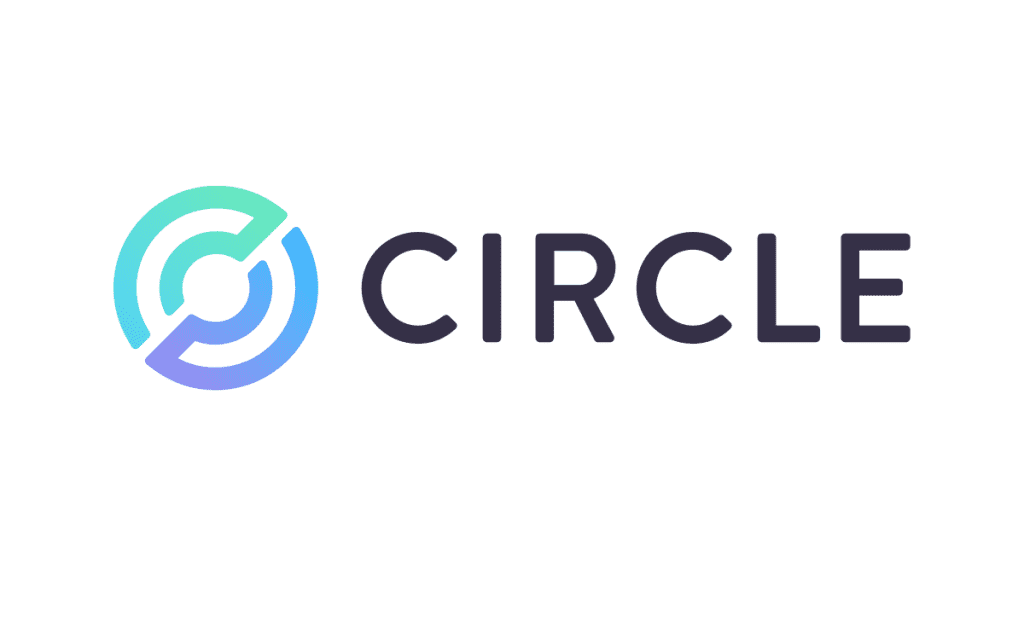Certainly! Here’s a paraphrased version of the article structured in HTML format:
<div id="pymnts-content2706988">
<div class="bg-light rounded-4 pt-4 mb-4">
<p class="px-3">
<span class="fw-bold">Highlights</span>
</p>
<section class="embla">
<div class="embla__viewport card-group">
<div class="embla__container">
<div class="embla__slide">
<div class="card p-3 h-100">
<p>
Circle, the creator of USDC, has submitted its IPO application, targeting a valuation of $5.65 billion while aiming to enhance institutional confidence through transparency and compliance with U.S. regulations.
</p>
</div>
</div>
<div class="embla__slide">
<div class="card p-3 h-100">
<p>
In 2024, Circle reported earnings of $1.68 billion, with 99% derived from the interest on USDC reserves. A potential decline in interest rates by 1% could decrease its earnings by $441 million.
</p>
</div>
</div>
<div class="embla__slide">
<div class="card p-3 h-100">
<p>
To transition beyond just issuing stablecoins, Circle has launched the Circle Payments Network (CPN) to facilitate cross-border transactions and expand its business as it faces regulatory challenges.
</p>
</div>
</div>
</div>
</div>
</section>
</div>
<p>Each week, developments in the ongoing convergence of cryptocurrency and FinTech seem to create a fresh headline.</p>
<p>Recently, on May 22, J.P. Morgan Chase, Bank of America, Wells Fargo, and Citigroup announced their interest in introducing a collaboratively managed stablecoin.</p>
<p>On May 27, Circle revealed its plans to go public with an initial public offering (IPO) on the New York Stock Exchange, represented by the ticker symbol “CRCL.” The company is aiming for a valuation of $5.65 billion, with share prices estimated between $24 and $26, supported by underwriters such as J.P. Morgan, Citigroup, and Goldman Sachs.</p>
<p>Circle believes that achieving public company status will enhance its credibility in a financial landscape skeptical of non-transparent crypto firms. Transparency is a crucial aspect of Circle’s strategy to attract institutional clients, as highlighted in its S-1 regulatory filing. By going public, Circle will be accountable to U.S. securities regulations, including quarterly earnings disclosures aimed at building trust among cautious investors, banks, and governments.</p>
<h2>Stablecoin Competition Is Getting Crowded</h2>
<p>The landscape for stablecoins has changed significantly. Circle now faces challenges from established financial institutions and new FinTech entrants, like PayPal with its PYUSD. Tether, meanwhile, continues to lead in trading volume, especially outside the U.S.</p>
<p>Circle's advantage lies in its adherence to U.S. regulations and its commitment to transparency. However, it remains uncertain if this will be sufficient to fend off better-funded competitors. The projected IPO valuation could reinforce Circle's market position, but the company must act swiftly to secure its role as the preferred partner for enterprises.</p>
</div>Feel free to adjust any specific wording or structure as needed!



